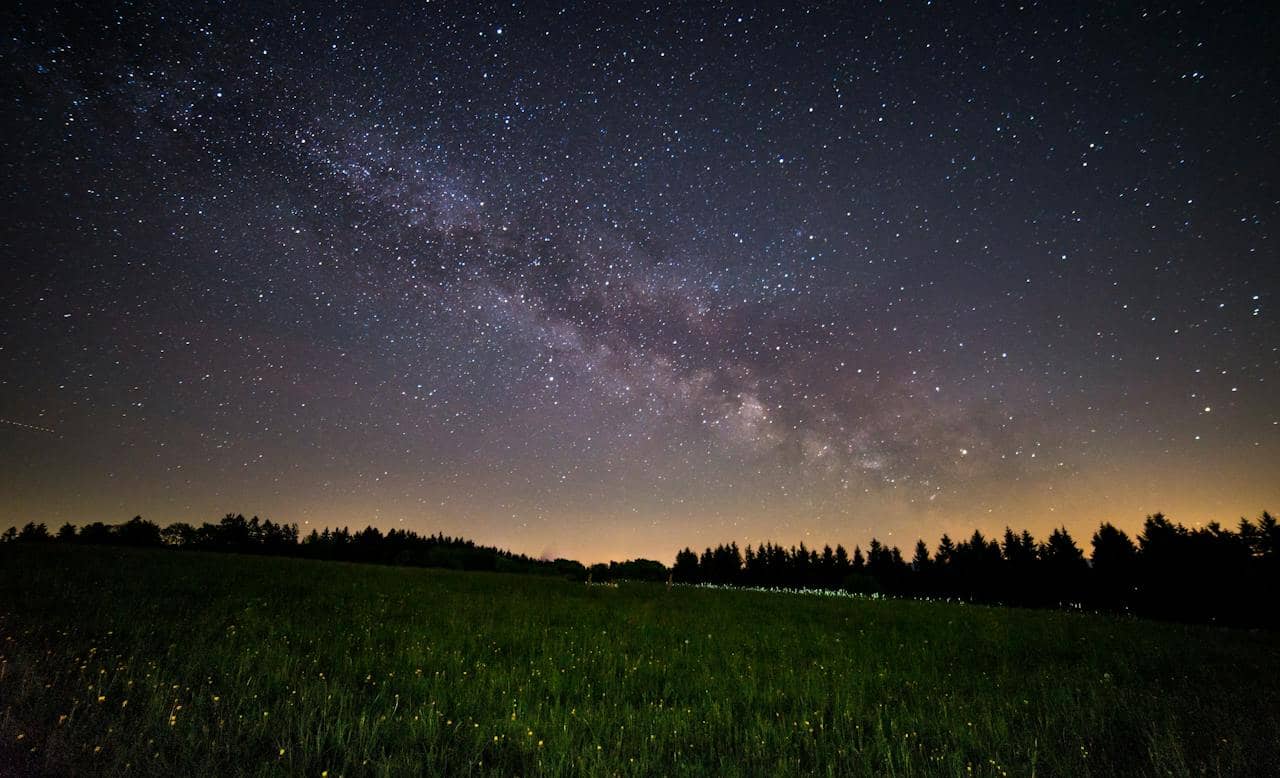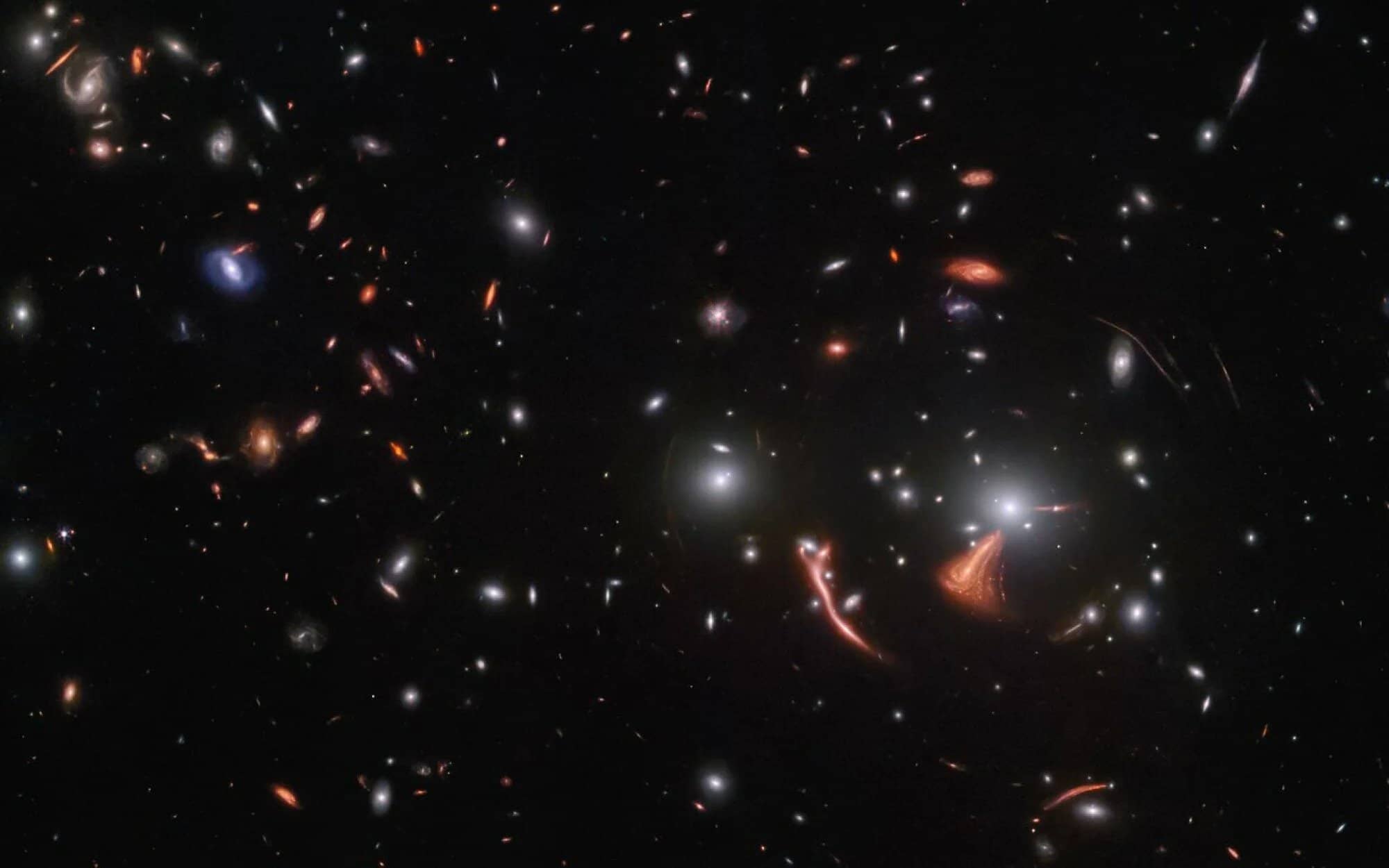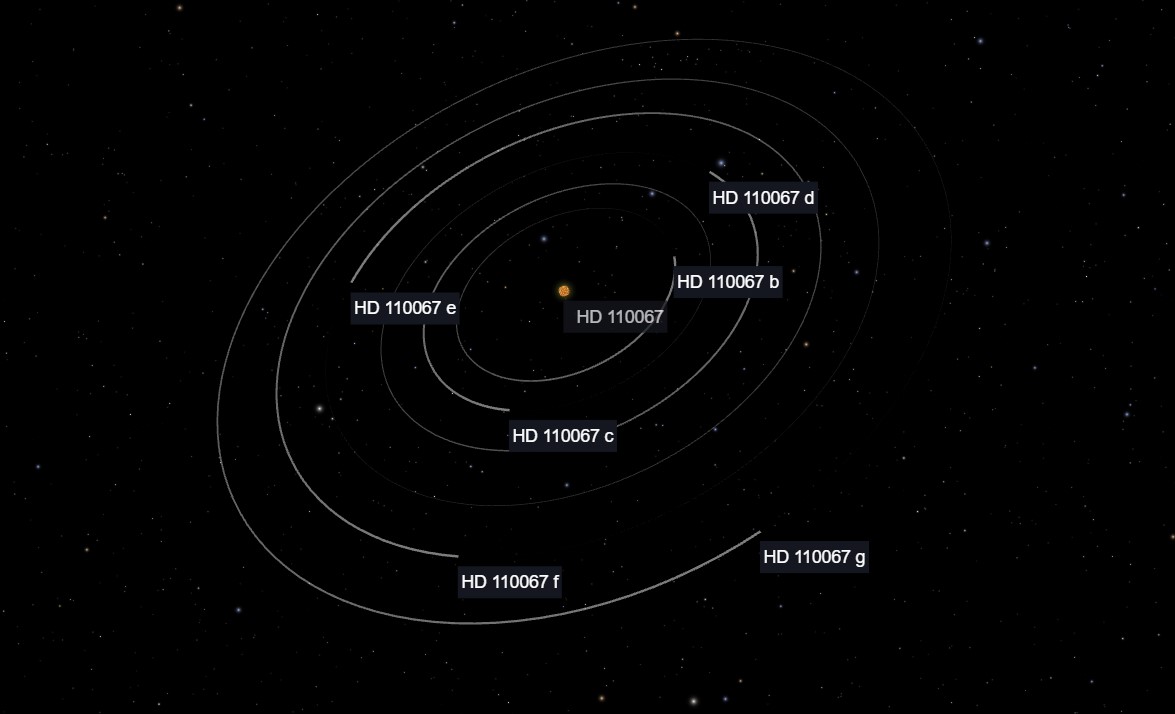Our telescopes have captured breathtaking images of the visible parts of our galaxy, but the vastness and complexity of the Milky Way pose significant challenges for astronomers. The enigmatic appearance of the Milky Way across Earth’s night sky sparked centuries of debate among astronomers and philosophers. The name describes the galaxy’s appearance as seen from Earth: a hazy band of light seen in the night sky formed from stars that cannot be individually distinguished by the naked eye. The term Milky Way is a translation of the Latin “via lactea”, which, in turn, originates from the Greek term “γαλαξίας κύκλος” (galaxías kýklos), signifying a “milky circle.” When seen from our vantage point on Earth, the Milky Way presents itself as a band due to the perspective of viewing its disk-shaped structure from within.
Early understanding of our galaxy
Galileo Galilei, a pioneer of observational astronomy, made a groundbreaking discovery in the 17th century. He revealed that the Milky Way was not a celestial mist but a multitude of tiny stars whose combined light created the nebulous band we see from Earth.
In the mid-1700s, philosopher Immanuel Kant proposed the idea of a rotating disk of stars making up the Milky Way. However, it was astronomer William Herschel, in the late 1700s, who attempted to map the universe with limited success. The intricacies of our galaxy were still largely unknown, and the true nature of the Milky Way remained a tantalizing mystery.
Until the early 1920s, most astronomers thought that the Milky Way contained all the stars in the Universe. Edwin Hubble’s discovery that the Andromeda nebula was, in fact, a distant galaxy, opened new vistas. It led to the realization that the Milky Way was not just a local disk of stars but the predominant structure in our cosmic neighborhood.

How the Milky Way came to be?
Scientists believe that our cosmic home, had its origins in small dense regions of mass in the Universe shortly after the Big Bang, around 13.61 billion years ago. Some of these dense areas became the seeds for globular clusters, where the oldest stars in our galaxy formed. Almost half of the Milky Way’s matter may have come from distant galaxies. These stars and clusters now make up the stellar halo surrounding the Milky Way.
Over time, the Milky Way evolved as it accumulated mass through galaxy mergers and the direct intake of gas from the Galactic halo. It is currently acquiring material from small galaxies like the Magellanic Clouds. The Milky Way has experienced mergers, including a significant one with a galaxy called the Kraken, around 11 billion years ago. However, recent observations indicate that it has not undergone major mergers with large galaxies in the last 10 billion years, making it unusual among similar spiral galaxies. Studies show that both the Milky Way and the Andromeda Galaxy are in the “green valley,” a region where galaxies are transitioning from active star formation to a more passive state. Measurements of other galaxies similar to the Milky Way suggest it is among the reddest and brightest spiral galaxies that are still forming new stars.
Mapping the Milky Way
Mapping the Milky Way poses formidable challenges. Its vast expanse, spanning approximately 100,000 light-years, houses between 100 billion and 400 billion stars, along with various celestial bodies. Dust in interstellar space further complicates observations, limiting our view beyond certain distances. To overcome these challenges, astronomers use diverse observations, theoretical modeling, and comparisons with other galaxies. The Gaia spacecraft, launched in 2013, plays a crucial role in creating a stellar census. Having cataloged nearly 2 billion stars to date, it provides a valuable baseline for mapping our galactic neighborhood. However, this seemingly big number represents only around 1% of all the stars in the Milky Way.
Through meticulous analysis, astronomers have uncovered the structure of the Milky Way’s spiral arms. These arms, despite being only 10% denser than their surroundings, stand out due to their active star-forming regions. By studying star concentrations in our local patch, astronomers sketch the intricate arms and reveal the central core’s bar or peanut-like shape. While significant progress has been made, mapping the Milky Way remains an evolving endeavor. The current understanding suggests at least two prominent spiral arms, anchored on a central core. However, the specifics beyond this remain uncertain, with ongoing efforts continuously refining our galactic map. As technology advances and new discoveries emerge, the map of the Milky Way will undoubtedly evolve, providing future generations with a more comprehensive understanding of the vast cosmic landscape we call home.





